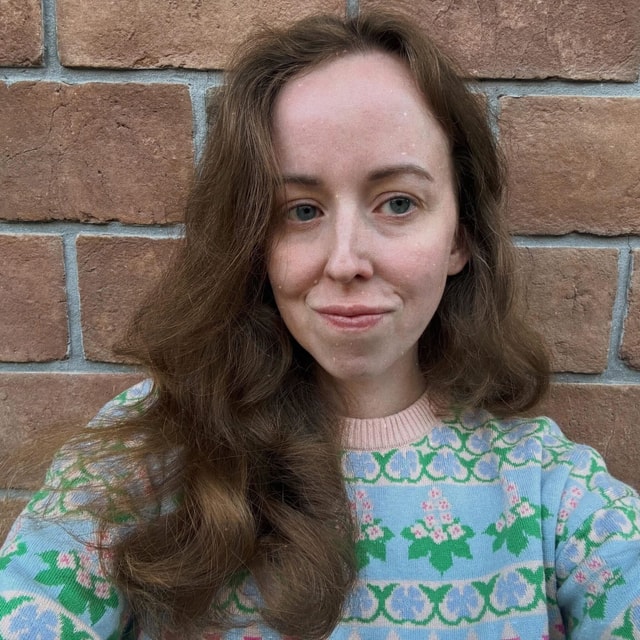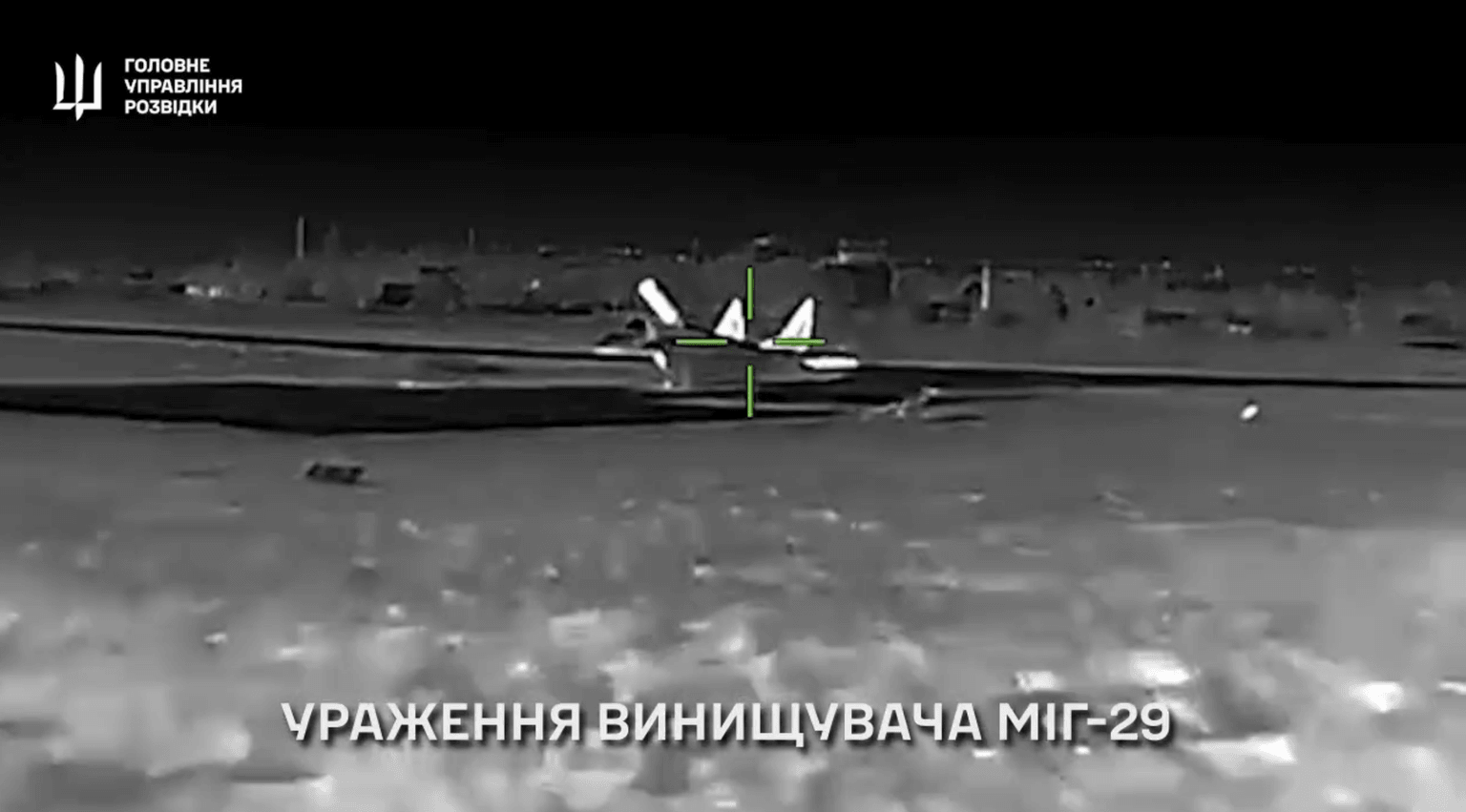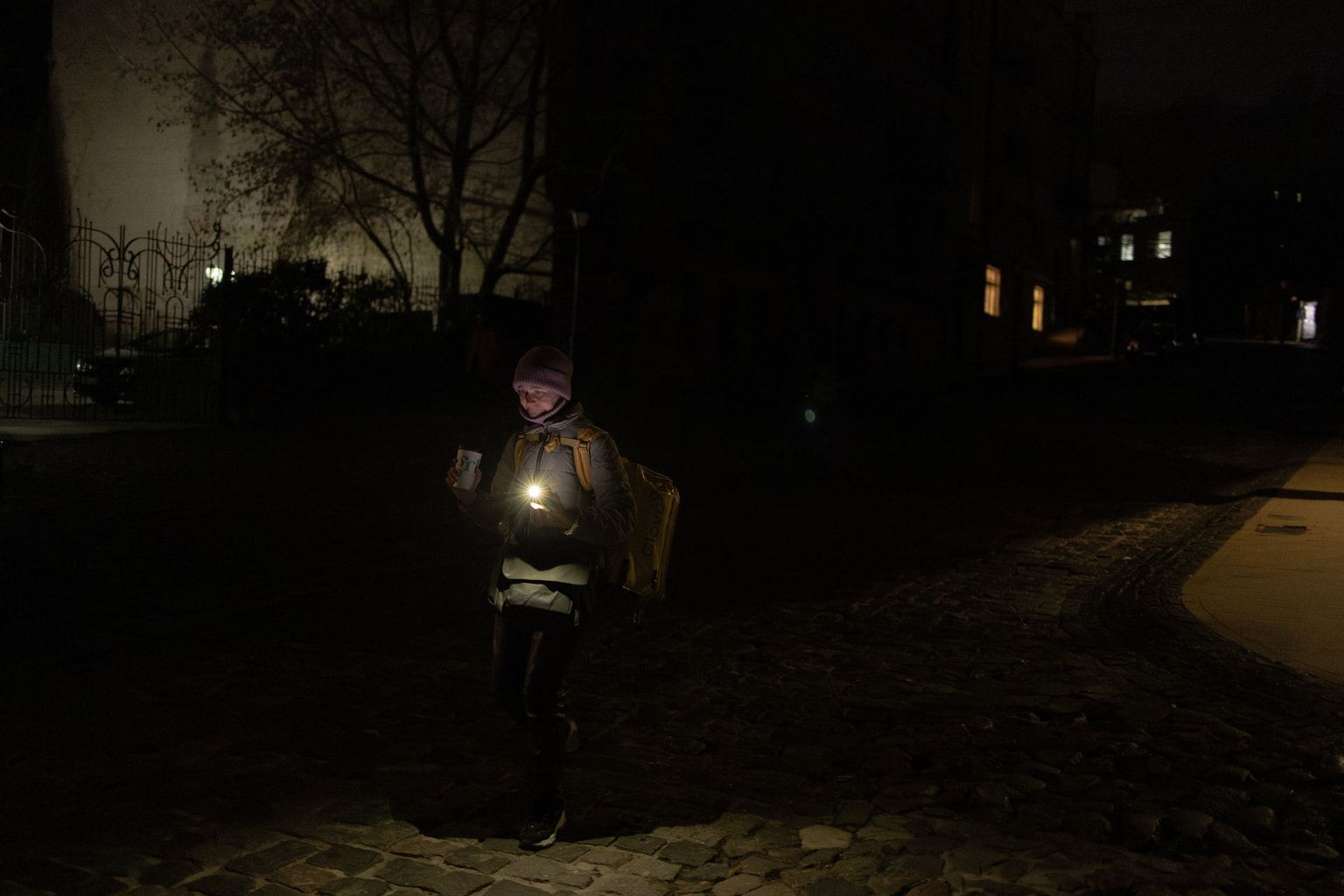
When art meets blockchain: Ukraine’s new frontier in wartime cultural preservation
Pieces from the collection of the Ukrainian Fund of Digitized Art. (Ukrainian Fund of Digitized Art)
As Russia's systematic destruction of Ukraine's cultural heritage continues amid the full-scale war, Ukraine's art community is seeking innovative, if not unconventional methods, to preserve their country's legacy — among them blockchain technology.
Officially launched in February 2025, the Ukrainian Fund of Digitized Art (UFDA) was conceived with a bold mission: to digitize Ukrainian art and transform them into non-fungible tokens, or NFTs that could be sold at auction.
The UFDA aims not only to preserve and share Ukrainian cultural heritage but “to engage the global community in the fight for cultural preservation,” as it reads on the organization’s website.
Currently, the UFDA has digitized more than 3,000 works by 60 artists, spanning both contemporary and classic Ukrainian art. The UFDA collaborates closely with artists, museum curators, and other cultural institutions to ensure each work is captured in ultra-high resolution.
“We believe that in the world of digital information, what we do will become extremely valuable (in the art world) and this is what drives us,” said UFDA advisor Petro Bondarevskyi. Bondarevskyi is an early supporter and minority investor in the Kyiv Independent.
“Ukraine will make its mark and set the bar.”
At the same time, while artists involved in the UFDA’s digitization initiative applaud its achievements, they also acknowledge that it raises important, and sometimes even uncomfortable, questions about how art is perceived and valued in the digital age.
A need to refine digitization
Having come up in the museum world, Anna Filippova — founder and curator of UFDA — understood, perhaps more than most, the necessity of digital preservation done right.
“I observed a lot of very low-quality pictures of artists’ work,” Fillippova told the Kyiv Independent.
“Each artwork is captured in a single ultra-high-resolution shot, preserving the original light with exceptional dynamic range.”
“That’s why we first came up with the idea for this project back in 2021 with no name, no structure, no actual idea — except digitizing.”
At the heart of UFDA’s digitization process is Digital Light Capture Technology — a technique that uses a high-end camera and precision lighting to reveal each brushstroke in vivid, high-resolution detail. The final images are captured in ultra-high resolution, ranging from 100 to 400 megapixels, with rich 48-bit color depth.

“Many digitization processes rely on digital stitching — taking multiple photographs and merging them into a single image. That’s not our approach,” Bondarevskyi said.
“Each artwork is captured in a single ultra-high-resolution shot, preserving the original light with exceptional dynamic range.”
The UFDA team, drawing on their roots in the art world, began reaching out to contemporary artists and museum curators with the idea to digitize their work for broader accessibility and preservation.
Can art thrive on blockchain?
With the introduction of Bitcoin in 2008, blockchain technology has upended the way many people think about ownership. At the forefront of this digital revolution are NFTs — one-of-a-kind digital certificates on the blockchain that verify ownership of everything from memes to masterpieces of art.
The UFDA emphasizes that neither the organization nor the artists receive financial gain from the sale of these digitized artworks. Instead, all proceeds are directed to support Ukrainian NGOs.
“When an artwork is purchased, the transaction is recorded on a blockchain — creating a digital counterpart to the physical piece, or more simply, a digital analogue,” Bondarevskyi explained.
Buyers who purchase the NFT version of an artwork digitized by the UFDA own it for up to a century, but copyright of the artwork itself, like with the purchase of the physical painting, remains with the artist.
“(The UFDA’s mission) is a way to document our era through culture, which will undoubtedly influence the development of art research.”
The move to tokenize these digital artworks as NFTs came later and remains somewhat tangential to the organization’s main mission, according to Filippova. Yet, both efforts gained a sense of urgency amid Russia’s full-scale war, transforming what might have been a quiet digital experiment into a vital cultural response.
Why pay for a digital version of an artwork instead of the original? The UFDA’s response is simple: as the way people experience art shifts, so too should the way they own it.
“Twenty years ago, many people insisted that cinema could only be truly experienced in a theatre, projected from film. Digital, they claimed, could never match it,” Bondarevskyi said.

“Yet today, virtually every stage of filmmaking is digital: from shooting to post-production to projection. This shift in medium illustrates how technology transforms not just how we consume content, but how we value it. For some collectors, the enduring value and permanence of digital ownership is becoming just as meaningful."
While many artists involved in the UFDA’s efforts recognize the clear benefits of creating a comprehensive digital archive — one that encourages collaboration and improved practices among artists, curators, and art historians — they also voice some reservations.
Even though the profit of sales goes to benefit NGOs, the commercialization of these digital reproductions raises complex questions for some artists around authorship, artistic intent, and the broader commodification of art.
“When the full-scale war began, the UFDA evacuated works from my studio and digitized everything they took. I’m very grateful to them — they really helped me out several times. But now, I’m not sure I would agree to digitize my most recent works,” artist Kateryna Lysovenko told the Kyiv Independent.
“It feels as though you suddenly have another version of your work — like a second body — that's become alienated from you. It takes on a life of its own, one you no longer understand or control. It's not yours anymore, yet you watch as it moves, not by your hand, going somewhere unknown. Still, it's fascinating to observe.”
Artist Polina Shcherbyna, whose work was also evacuated to safety during the war by UFDA, told the Kyiv Independent that the archive ensures “a digital copy of the piece can actually outlive the original” which for her, during wartime, is especially important.
“This was the start of our collaboration, which has only strengthened and continues to develop,” Shcherbyna told the Kyiv Independent. “(The UFDA’s mission) is a way to document our era through culture, which will undoubtedly influence the development of art research.”
Urgency to act
The UFDA was officially launched three years into Russia’s full-scale war, against the backdrop of a systematic campaign targeting Ukraine’s cultural heritage — an assault defined by both deliberate destruction and calculated theft.
Russian forces have damaged or destroyed more than 1,400 cultural heritage sites and over 2,200 cultural facilities since the start of the full-scale war, according to the latest report released by the Culture Ministry in early April.
The destruction is widespread, impacting an estimated 20% of settlements across the entire country. However, with almost no access to occupied territories and the front-line zones, the true extent of the damage to Ukraine’s cultural heritage is far greater than currently documented.
Aside from destruction, the Russian military has also been stealing Ukraine’s cultural heritage from the occupied territories.
In what has been recognized as the largest museum theft since World War II, Russian occupiers stole over 33,000 artworks and historical artifacts from two Kherson art museums in the fall of 2022.

The Kyiv Independent’s War Crimes Investigations Unit identified in its documentary “Curated Theft” the Russian military officer and three Russian-appointed officials from occupied Crimea who were personally responsible for the theft.
With all this in mind, the UFDA found it important not only to partner with contemporary artists but museums to safeguard during wartime the legacy of seminal Ukrainian artists whose work has defined the nation’s cultural identity.
The UFDA team has digitized 46 paintings from the Nykonor Onatskyi Regional Art Museum in Sumy, including works by 19th-century realist Mykola Pymonenko, known for capturing Ukrainian traditions and daily life.
The museum also includes standout works by 20th-century Ukrainian avant-garde artists like David Burliuk, Vasyl Krychevsky, and Oleksandr Bohomazov. Home to one of the most distinguished art collections in Ukraine, the museum now faces a growing threat due to Sumy’s close proximity to the Russian border.
“We’ve long known how exceptional their collection is, and in November 2023, we began our communication with them,” Filippova said.
“What stood out to us is the museum’s unique and nationally significant holdings, especially in light of its precarious situation: located near the border with the aggressor state, and not yet evacuated, the museum is under constant risk of destruction.”
During a Russian missile strike on April 13 that devastated central Sumy, killing at least 35 and injuring 117, the museum was damaged. It was not the first time that the building was damaged in a Russian attack.

Knowing the history of so many of the Ukrainian artists whose work is held in the museum — and the tragic ends many of them met at the hands of Russian repression over the past centuries — casts a poignant shadow over the UFDA’s mission, according to Filippova.
Each digitized Ukrainian artwork ensures that, even in the worst-case scenario where the physical version is stolen, damaged, or destroyed, the voices and visions of these artists will endure.
Their legacy, preserved through technology, is not only a testament to the cultural richness of Ukraine’s past, but a reminder that its survival is essential for the future to endure as well.
“Given the bloody history of the Ukrainian avant-garde — a story of repeated erasure, exile, and neglect — we felt a strong sense of urgency (in the case with the paintings in the Sumy museum) not to allow yet another chapter of cultural eradication,” Filippova said.
Note from the author:
Hi, this is Kate Tsurkan, thank you for reading this article. You might have noticed that none of our reporting is behind a paywall — that’s because we believe that now, more than ever, the world needs access to reliable reporting from the ground here in Ukraine. To keep our journalism going, we rely on our community of over 18,000 members, most of whom give just $5 a month. We’re now aiming to reach 20,000 members, to prove that independent journalism can thrive, not just survive. Help us today.











